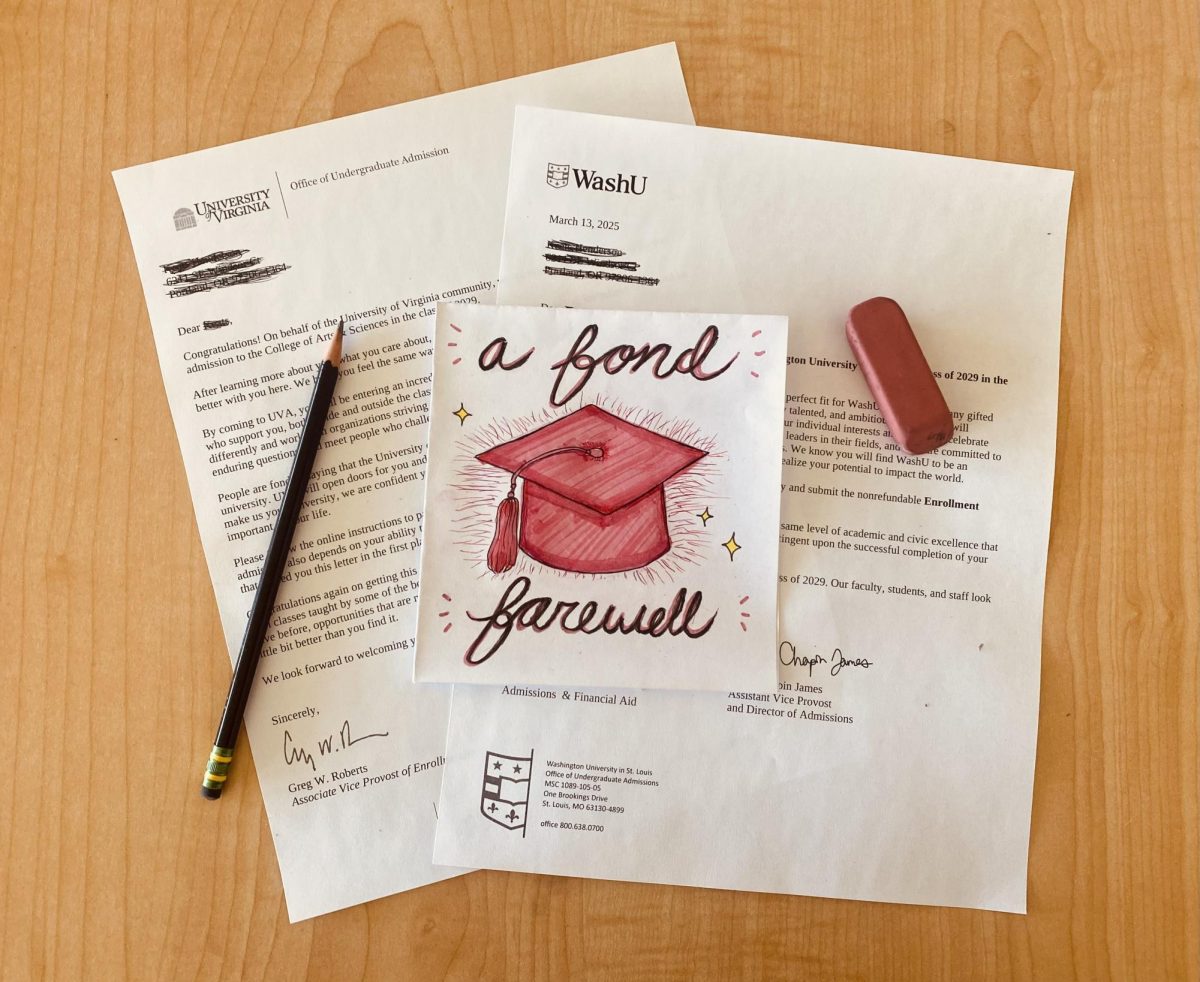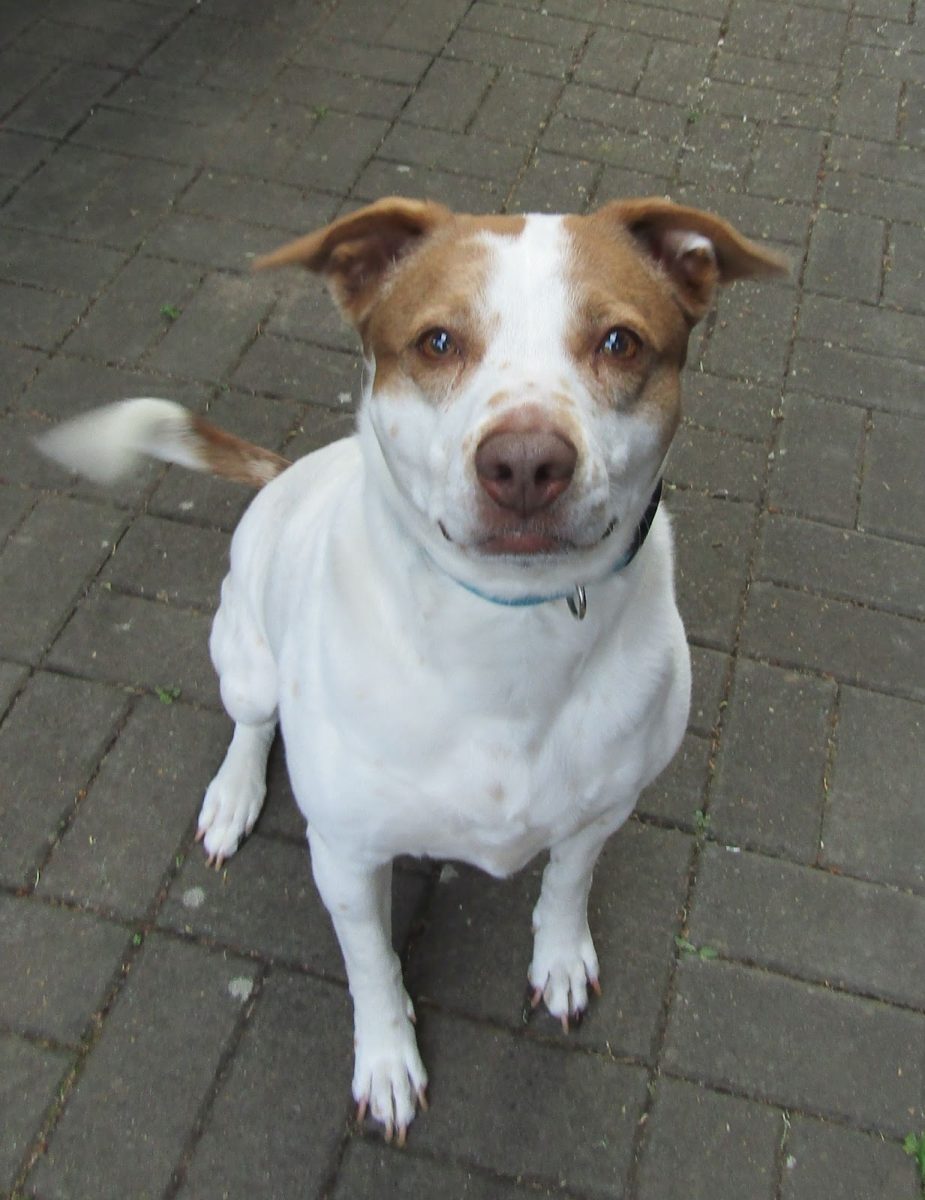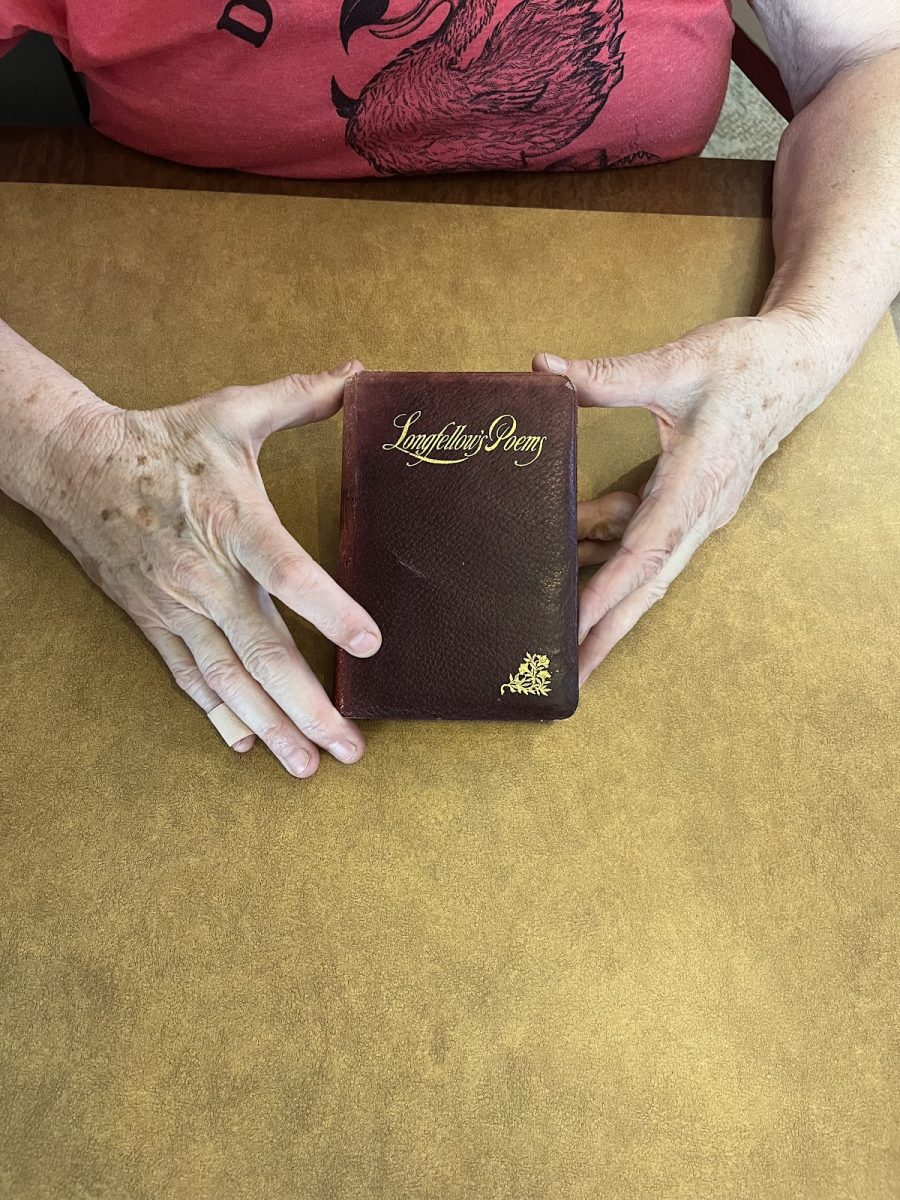
The five steps to beginning a garden. Everything you’ve seen in Better Homes & Gardens or Fine Gardening magazines is now possible with the help of these few basic steps.
Illustration by Lucinda Drake
Have you ever wondered what it would be like to grow root vegetables? Have access to herbs and spices in your backyard? Maybe, you want more fresh fruit or just a new pastime? For all these reasons, gardening might be the answer. This article will guide you through the process of beginning a garden, and hopefully finding your green thumb in the process!
Ask yourself, are you ready for this?
Yes, gardening can be a great hobby, but it can also be an incredible commitment. With the luxury of fresh fruits and veggies comes the responsibility of weeding and watering, and it’s up to you to decide if it’s all worth it. The truth is that anyone can garden, it just comes down to who will. Even if you decide gardening isn’t for you there are many mental health benefits that come with it, including stress relief, as well as the possibility that gardening could turn into a fun new pastime or even bring in some extra income. In the words of Franklin Green Team member Miro Enriquez (10), “gardens are super cool because you can grow your own food, you can have something pretty in your backyard (such as flowers), and it encourages other people to be environmentally friendly.” No matter what you discover in your gardening journey, hopefully these tips will help you harness your green thumb.
Assess your space.
Where is this garden going to go? The most important thing when deciding where to put your garden is picking the place with the most sun. The majority of plants prefer sun, but it might pay to do a little research into the kind of plants you hope to be planting in case you have some shade plants in the bunch. If you aren’t sure if you have enough room to have a garden, consider doing potted plants indoors or window boxes instead. There are options to gardening both indoors and outdoors as long as you have access to an appropriate amount of direct sunlight and water, so don’t let space limit your decision to have a garden!
Visit the nursery.
This is where you ask your questions. Once you have a sunny spot picked out, take a trip to the nursery to pick out some plants and talk to an employee. Every garden is unique in that each plant needs something slightly different, so talking to an employee will help you assess what each plant needs. Ask them questions about when to plant, where to plant, and how to water and provide for your new plant children. Also make sure to pick up some technical gardening supplies such as a shovel or trowel, and some soil if you want to add some extra nutrients to your garden. Enriquez suggests that “if you want to keep your hands clean, use some gloves!” Finally, take this opportunity to get excited about your garden! Grab some seeds, maybe a few bulbs, or heck even an entire bush! This is your garden, and you are so close!
Make a game plan(t).
Hopefully now you know all the details of every plant you have, but if you forget, don’t worry because Enriquez says that you can “read the seed packets to figure out what your plants need.” With all this information, it is time to plan. Make a watering schedule based on the individual needs of each plant. Set aside time over the next few weeks to weed once or twice every week. To weed your garden, just remove any plants that aren’t the ones you planted. Weeds can steal nutrients, absorb water, and block out the sun from the plants you put in the soil. To identify a weed, make sure to know what your plants will look like when they start to sprout, and if a plant doesn’t match the image of the purposefully planted ones, pull it out by the roots. Additionally, if you are going out of town make sure to arrange a “garden-sitter” to weed and water while you are away. Also figure out a way to pass the time because gardening requires patience.
Get a little dirty.
Once the planning is done, it’s time to consider soil. The secret to gardening success is quality soil, which you can find at plant nurseries or in home improvement stores. If possible, try to use a pre-mixed soil, mix manure or compost into the soil at your home. It’s a general rule that lots of organic matter helps a garden thrive. If you want to make your own compost, all you have to do is have a place to collect organic matter (leaves, grass clippings, food waste) in the corner of your yard and turn it once every week or two. To turn your compost, simply mix up the pile with a pitchfork, rake, or shovel. If you are able to maintain your compost, you can use it in your garden once a year to add nutrients back into the soil.
You’re ready to plant!
Remember to pay close attention to the instructions on the back of the seed packets and be prepared to water and weed regularly. Have fun watching your greenery sprout and buds turn to flowers. Gardening takes patience but rewards you in so many ways you’ll soon discover for yourself. If you want to try gardening, before you put the time and effort into making one of your own, Franklin offers volunteer opportunities to participate in its new garden located near the parking lot on the West side of the school. Feel free to reach out to the Franklin Green Team or Earth Club if you want to take part in the new (and growing) Franklin Garden.
































